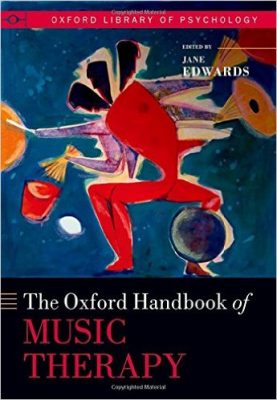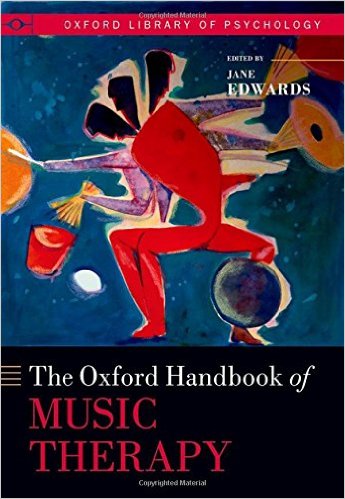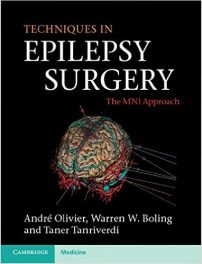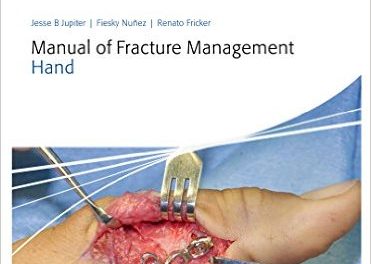 Editor: Jane Edwards
Editor: Jane Edwards
Publisher: Oxford University Press – 981 pages
Book Review by: Sonu Chandiram
You may or may not have heard of the term ‘music therapy’ before. The editor Jane Edwards cites Bruscia’s 1998 definition:
Music therapy is a systematic process of intervention wherein the therapist helps the client to promote health, using music experiences and the relationships that develop through them as dynamic forces of change.
The World Federation for Music Therapy defines music therapy as follows:
Music therapy is the professional use of music and its elements as an intervention in medical, educational, and everyday environments with individuals, groups, families, or communities who seek to optimize their quality of life and improve their physical, social, communicative, emotional, intellectual, and spiritual health and wellbeing. Research, practice, education, and clinical training in music therapy are based on professional standards according to cultural, social, and political contexts.
Music therapy is being used in today’s world to help people heal from trauma, pain, mental distress, and other similar problems. Over the years, it has been added to the growing number and variety of psychological solutions to relieve people suffering from stress and other issues.
Music therapy is an evidence-based method of providing solutions, and is part of the growing field of psychosocial allied health professions. It is a unique, collaborative way for a therapist and the client to discover how music can be used to strengthen positive relationship skills.
It is a means by which a trained and qualified practitioner of music therapy discovers the client’s immediate needs, and the two of them develop a complete music program after careful assessment, treatment planning, and implementation. After a period of time that the client has undergone treatment, the program is then evaluated in terms of its effectiveness and results.
Among the key elements of music therapy are the following
- A trained and qualified music therapist is involved
- It is based on fundamental principles
- A systematic method is employed
- Use of techniques for which training is required, for success
- It is focused towards development of relational process between client and therapist
- Relationship is built up through musical interactions that scaffold the formation of the client’s trust, confidence, and agency.
Some of the more well-known models of music therapy are:
- Community Music Therapy
- Nordoff-Robbins Music Therapy
- Resource Oriented Music Therapy
- The Field of Play
This book essentially presents the theories, research, evidence, and practices in music therapy profession. It is a large text of nearly a thousand pages, with extensive coverage on topics relating to music, psychology and psychotherapy.
It represents the combined work of 55 specialists in various aspects of music therapy, including its editor Jane Edwards, who have authored its 50 chapters organized around five Sections. They are from 10 countries: Australia, Canada, Finland, Germany, Ireland, Israel, Norway, South Africa, the United Kingdom, and the United States.
Too numerous to write all the chapter titles here, we list below the names of its five Sections to give you some sort of overview of the coverage of this book:
- Section One: Music Therapy Contexts and Populations Across the Life Span
- Section Two: Approaches and Models of Music Therapy
- Section Three: Music Therapy Methods
- Section Four: Music Therapy Research
- Section Five: Music Therapy Training and Professional Issues
A well thought-out plan of organization and presentation of materials is evident as you browse through the chapters of this book. In each chapter, you will see a brief and succinct title defining the scope of that chapter, a brief Introduction, detailed discussions of various topics and subtopics with occasional charts and tables, a Conclusion of usually a paragraph or two in length to help you remember and recall the gist of that chapter, and a list of References to help you study certain topics more extensively or intensively.
This is a definitive, excellent and extensive resource in the growing profession of music therapy.
Editor:
Jane Edwards is a qualified music therapist with extensive experience in medical, mental health, child and family practice. Originally from Australia, she has held academic and healthcare positions in Ireland, the United Kingdom (England and Scotland), the United States, and Germany, as a presenter, academic, researcher, and consultant.
She founded the Music and Health Research Group at the University of Limerick. She is Editor-in-Chief of The Arts in Psychotherapy and inaugural President of the International Association for Music and Medicine. Her previous edited book with Oxford University Press, Music Therapy and Parent-Infant Bonding (2011) was received enthusiastically by practitioners in music therapy and related fields around the world.







